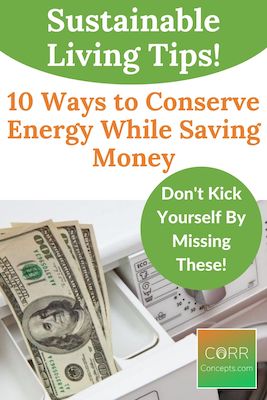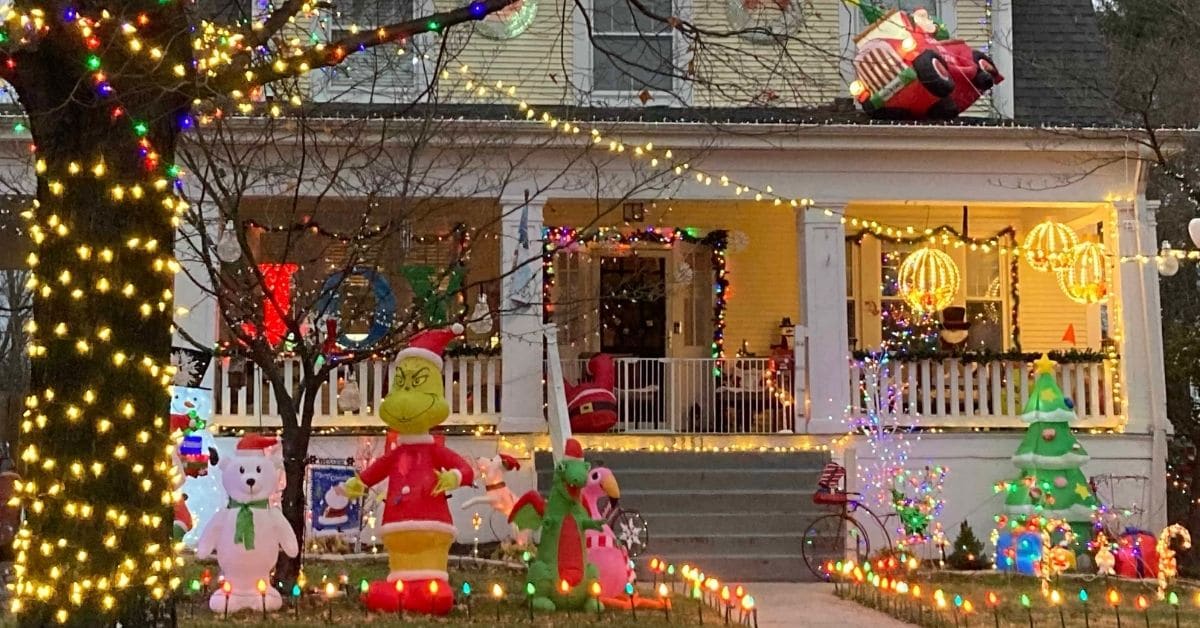Concerned about rising electricity costs and want to save money in the home? Look no further. Here are 10 simple appliance swaps that save energy and money on utility bills, as well as benefit the environment, for a more sustainable lifestyle.
Like this? Share it with others!
This post contains affiliate links. My preference is to provide links to companies other than Amazon whenever possible. I recognize many people like Amazon, not to mention there are eco-friendly, ethical, and sustainable brands out there who use Amazon. I want to support them. So, just know you may see multiple links for one option. Should you make a purchase through these links, I will receive a small commission at NO additional cost to you. See my Disclaimers & Disclosures and Privacy Policy for more information.
Why Save Energy?
If you’re concerned about global warming and its climate change effects like I am you may already know that cutting down, or flat out eliminating, fossil fuel-based energy is something we all can to reduce greenhouse gas production and global warming.
Most U.S. homes do not run on clean energy, so any energy efficient product or energy saving tips we use in our daily lives can really make a positive impact. A bonus is that we can even save money in the process.
If you want more ideas on how you can do your part to protect the environment, then you’re in the right place. Here are my suggested appliance swaps that save energy and money.
How to Calculate Appliance Energy Use
Before doing any appliance swap, it’s a good idea estimate how much energy, and money, your appliance uses so you’ll know how much you’ll save.
Since your electricity provider bills your energy use in kilowatt-hours (kWh), which is the number of kilowatts used in one hour, first estimate your appliance’s energy use by converting its wattage to kWh. For example, if your appliance runs at 300 watts per hour, divide it by 1000 to get .3 kWh.
Note: the time of day you run your appliance matters as peak energy times come into play.
Next, check your electric bill to see how much you’re charged per kWh (the average U.S. rate is $.12/kWh) and multiply it by the kWh. That gives you an estimate of how much you’re paying each hour to run that one appliance, which is $.036/hour in this example.
Last, calculate how many hours a week you use that appliance and then multiply by 52 weeks, and you’ll have a good estimate of how much you pay per year to use that one appliance.
If you want an easier way to estimate your appliance’s energy use, use Energy.gov’s Appliance Energy Calculator.
You’ll Also Like
10 Appliance Swaps that Save Energy and Money
Using Energy.gov calculator’s $.12/kWh, let’s have some fun to see how much you can save on my following appliance swaps.
1 – Central Air Conditioning vs Ceiling Fan
The central air conditioning unit uses 4000 (4 kWh) watts of energy on average. It’s estimated to run 9 hours a day during the hotter months – 5 months a year on average – for a cost of $648 a year.
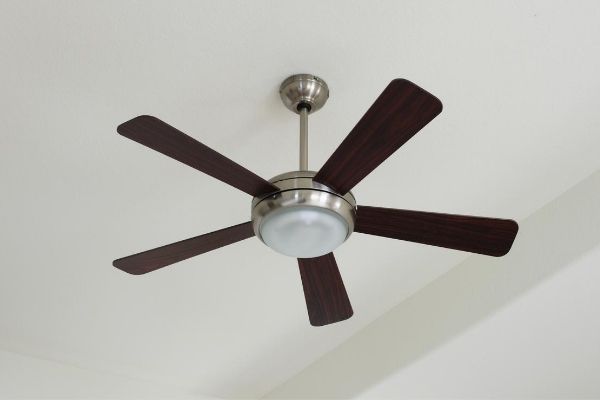
To shorten this unit’s running time, consider swapping some time with a ceiling or standing fan. A 48” ceiling fan is estimated to use only 75 watts. Spare your A/C unit running 2 hours a day and this could mean a savings of $147 a year. Possibly more if it’s an ENERGY STAR rated fan.
If you are not able to install a ceiling fan, try an energy efficient standing fan or table top fan with the same, or less, energy usage.
2 – Hot vs Cold Water Clothes Washing
The average clothes washer uses 850 watts (.85 kWh), and the average U.S. family uses their washer 6 hours a week for a cost of $32 a year (using the average $.12/kWh rate).
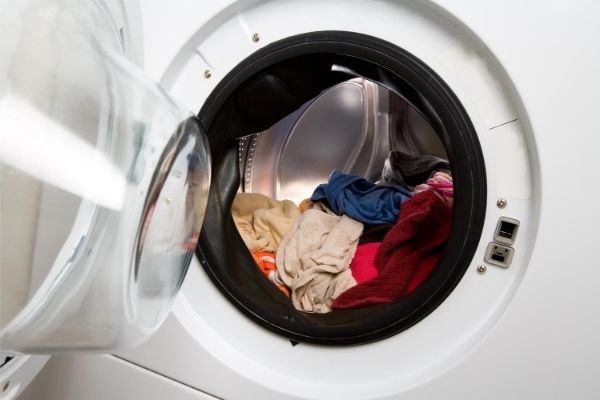
If 85% of energy use comes from heating water, washing your clothes in cold water could save the average family $27 every year. With over 128 million U.S. households, that energy (and money) savings adds up.
CORR Tip
For delicate clothing, wash by hand in the sink with cold water and you’ll save more on energy costs.
3 – Hang Dry vs Clothes Dryer
The warmer spring and summer months are a fantastic time to save on running the clothes dryer by opting to hang your clothes to dry outside on the line or dry inside on hangers or a bamboo clothes rack.
With the average clothes dryer wattage coming in at 3400 watts (3.4 kWh), that’s a $12.41 per month savings for the average U.S. family.
4 – The Full vs Half Dishwasher
Another biggie in appliance wattage is the dishwasher, using 1800 watts (1.8 kWh) on average. Wow. This due to not only running the appliance but also using more energy to heat water. At three times a week, that’s an estimated cost of $39.42 a year to use.
It could cost more if you have an old, less efficient dishwasher. So, do yourself a favor and pack up the dishwasher so as to not waste energy on a small load, or wash dishes by hand.
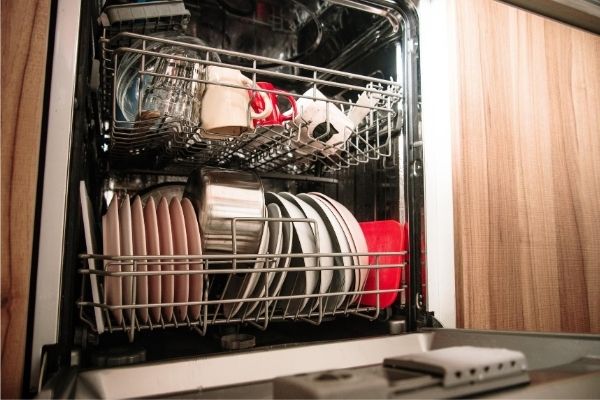
There is a debate on hand washing versus using the dish washer. When it comes to saving water, it’s a toss-up on which method is more efficient and depends on how water efficient you are when washing by hand.
In terms of energy saving, washing by hand wins hands down (pardon the pun) because you can wash dishes in cold water saving on water heating costs.
5 – Electric Kettle vs Stove Top Oven
I know the electric kettle is more widely used in Europe or down under than in the U.S., but I truly hope it makes a hit here in the U.S. Why? These babies are wonderful! They heat up your tea or coffee water super-fast and save on energy (and money) compared to heating your water in the microwave or on the stove top.

For example, the average stove top uses approximately 1500 watts per hour (1.5 kWh) for medium to hot settings. This is less, of course, if you have an induction stove.
Opt for a stainless steel electric kettle that runs on a much lower wattage for savings every day that adds up. I love mine.
CORR Tip
Do not overfill your electric kettle so your water boils faster.
6 – Tank Water Heater vs Tankless Water Heater
The standard water heater is designed to keep water at a certain temperature at all times, whereas a tankless water heater heats water on demand. Why pay more money to store hot water when you’re not using it?

The U.S. home water heater is said to run for 3 hours a day, on average, at approximately 4000 watts an hour (4 kWh). That’s a big energy suckage and cost of almost $44 a day, or $528 a year.
Run the numbers to find out what the return investment is to swap out your water heater. You’re sure to have long term savings on energy and water.
7 – Plasma vs LED TV
Is it time to upgrade the living room TV? When figuring on the cost of a new TV, why not add in the energy cost while you’re comparison shopping? The plasma TV is going to cost you more than the ENERGY STAR LCD or LED TV’s in the long run.
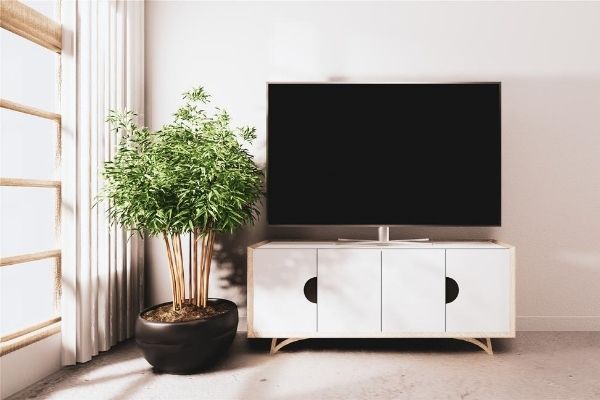
Although more efficient than the plasma TV, the LCD is not as energy efficient as the LED TV. Make the TV ENERGY STAR rated for the best energy savings.
CORR Tip
When not in use, unplug your appliances to avoid vampire load on your energy bill.
8 – Desktop vs Laptop
The average desktop computer uses 200 watts an hour (.2 kWh), costing $5.84 a month, compared to the laptop’s average 75 watts an hour (.075 kWh), which adds to $2.19 a month. At 8 hours a day, the desk top is emitting 175 kg of CO2 per year.
I don’t recommend throwing out a perfectly good desktop computer, but when you’re ready, consider the ENERGY STAR laptop as its replacement. A refurbished one is ideal to avoid harvesting of natural resources.
Also, properly recycle your old computer equipment – and the TV – for more environmental benefits.

9 – Print vs Digital
Save on paper and electricity by saving documents instead of printing them.
Not using your printer’s 40 watts an hour (.04 kWh) 15 minutes a day, is $.04 a month’s savings. That may not seem like much, but think of the paper saved as well. Clicking the “Save” button instead of “Print” has win/win aspects.

10 – Electric Toothbrush vs The Toothbrush
Do you really need that electric toothbrush? Electric toothbrushes use energy and produce needless plastic waste for replacement parts, not to mention electrical waste if it breaks.
Go manual and try an eco-friendly, soft-bristled bamboo toothbrush instead, like I do. Biodegradable, the bamboo toothbrush is not going to negatively impact your eco and carbon footprints like the electric toothbrush will.

At Least Go ENERGY STAR
If you don’t like any of the above swaps I suggested and want to keep using your appliances as-is, at least consider swapping the out for an ENERGY STAR rated model when it’s time to upgrade.
Remember the clothes washer example? The average ENERGY STAR rated clothes washer uses 500 watts per hour (.5 kWh), .35 kWh less than a standard model that can save the family up to $35 every year on the energy bill.
An ENERGY STAR rated clothes dryer uses at least 20% less than a non-rated model.
Remember, the Conscious Consumer Directory can point you in the right direction to find the top rated, ENERGY STAR appliances you may be looking for.
Let Me Hear From You
I would love to hear if any of these 10 appliance swaps that save energy and money helped you. Post me your thoughts or questions in the Comments section below. Thank you!
Like this? Share it with others!
MORE ENERGY CONSERVATION POSTS YOU’LL LIKE
12 Energy Saving Tips to Save You Money
Save Money, Save Energy with Outdoor Holiday Decorations
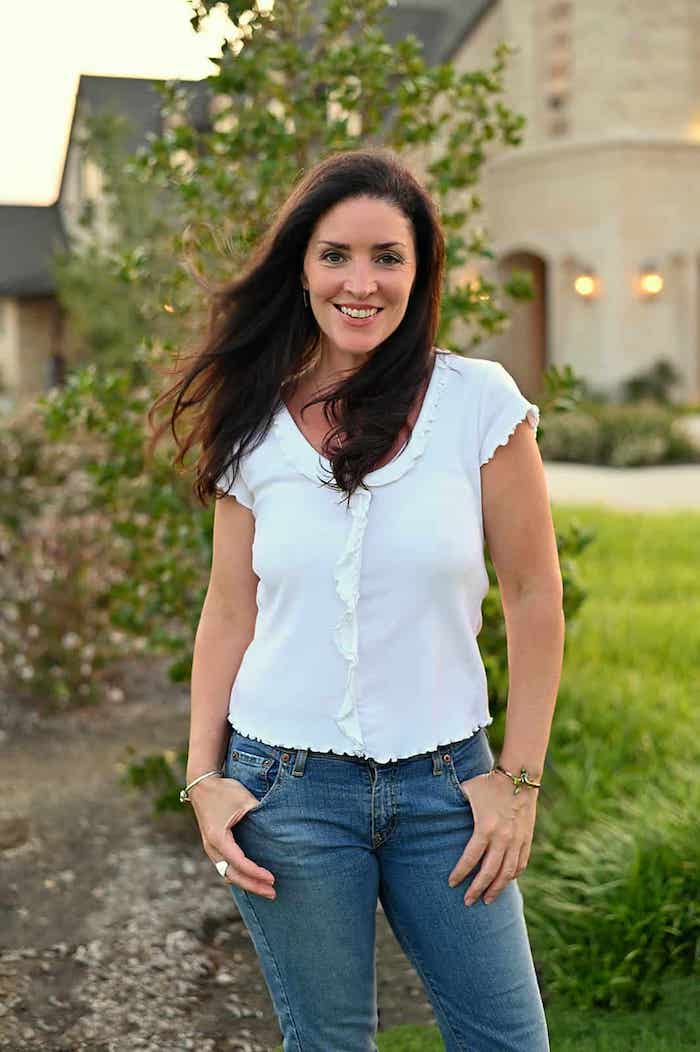
Gwen, CORR Concepts Founder
Gwen is a Sustainability professional with an MBA in Sustainable Enterprises and LEED AP ID+C accreditation from the GBCI. She is also the Founder of CORR Travel. As a Sustainability professional and Earth Steward, environmental sustainability and biodiversity protection is her “religion”. Travel is her passion.


